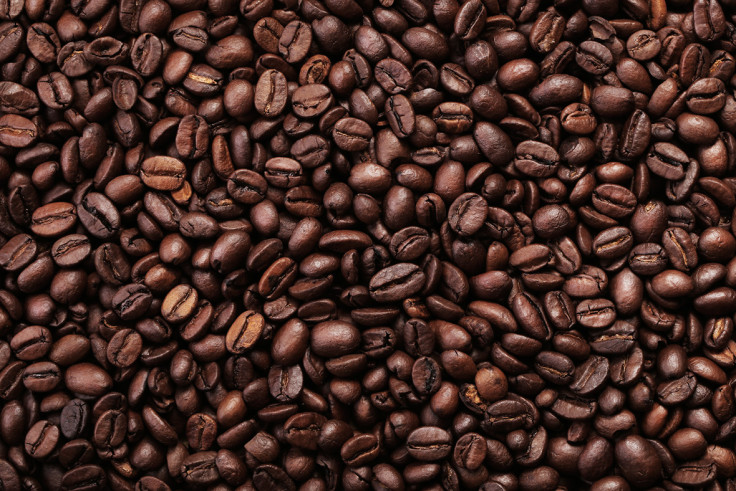Climate change threatens coffee production - and our ability to enjoy our morning expresso
Altered rainfall and warm temperatures are degrading the quality of coffee and cutting down production.

What if climate change could threaten your ability to enjoy your morning coffee? Researchers have confirmed that rising temperatures and altered rainfall patterns are already having a negative impact on global coffee production, increasing the risk of it becoming a rare commodity in the future.
The report, published by The Climate Institute – an independent research organisation working to find solutions to climate change – examined past studies about coffee production and the interactions between the growth of the plant and the climate. It draws a negative picture of how coffee production is likely to evolve in coming decades, identifying different environmental factors involved in these changes.
In total, more than 2.25bn cups of coffee are drunk every day around the world, making coffee one of the most valuable commodities traded on the global market. With the planet is heating up, the world's 25 million coffee farmers are entering very challenging times, as changing humidity and temperatures are impacting their crops – sometimes their only source of livelihood.
A drop in production
Emissions are driving the temperatures on the planet up, and this has obviously an impact on what sorts of plants can grow and how. Arabica coffee, which dominates the world's production, is grown in tropical highlands, at an optimal temperatures comprised between 18–21°<sup>C. Higher temperatures, like the ones that are progressively being recorded by scientists in these regions, alter the quality of coffee beans. The plant's health also declines with prolonged warm conditions. It does not only affect the quantity produced but can also negatively alter aroma.
With this data at hands and models of future temperature rise, scientists estimate climate change may cut the global area suitable for coffee production by as much as 50% by 2050.

Rising high temperatures can also bring along diseases and pest. The best example of this is the heatwave that occurred in 2012 in central America, resulting in a wave of Coffee Leaf Rust, a disease that decimated more than 50% of coffee crops. One of the worse pest for coffee, the "Coffee Berry Borer" is drawn to hotter, wetter conditions and has spread at altitudes it had previously been unseen, in coffee-producing areas. Warming of 1–2°<sup>C will see the borer's numbers explode in future years, with heightened risks for coffee production.
Avoiding catastrophic scenarios
The reports highlights ways in which coffee productions could be better protected from climate change. Crop adaptation strategies include developing more resilient production systems, diversifying crops, and shifting plantations up-slope – so they can benefit from a cooler climate.
This last method suffers nevertheless from a number of shortcomings. Indeed, when coffee production is forced to move, it is at risk of coming into conflict with other land uses, including conservation. Global efforts to reduce global warming may therefore be the best hope for coffee production to remain stable – and for you to keep filling your breakfast mug with the warm beverage.
© Copyright IBTimes 2025. All rights reserved.






















